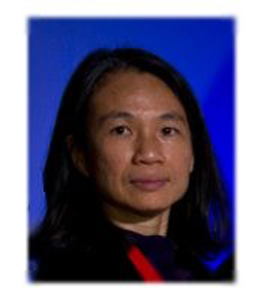Program Information
Phase-Sensitive Microcalorimetry for Activity and Dosimetry of Low-Level Sources
H Chen-Mayer*, R Tosh, NIST, Gaithersburg, MD
SU-E-T-66 Sunday 3:00PM - 6:00PM Room: Exhibit HallPurpose: To study the effectiveness of phase-sensitive detection to improve the sensitivity of a microcalorimeter for activity measurements and the dosimetry of compact x-ray sources and brachytherapy seeds.
Methods: A commercial isothermal microcalorimeter, originally customized for use as a primary-standard for activity measurements of radionuclides, has been coupled to a periodic Joule-heating source to investigate its thermal frequency response and thereby determine whether better sensitivity could be achieved via periodic modulation of radiation sources being measured. Frequency of input power to the sample cell was varied from 0.2 mHz to 2 mHz, and waveforms acquired over periods ranging from several hours to several days were analyzed both for noise content and attenuation due to intrinsic, instrumental time constants.
Results: Power spectral density of the noise floor was found to decrease from a peak of ~10 mW/sqrt(Hz) at dc to ~5 nW/sqrt(Hz) at frequencies above 10 mHz. Attenuation of a 400-nW periodic heat input was found to vary from 1 at 0.2 mHz to 0.1 at 2 mHz; at 0.25 mHz, S/N was found to be ~50:1 after 32 hours of acquisition.
Conclusion: When operated as it was originally designed, without modulation, the instrument has been used to measure radioactivity from sources with power output of order 100 mW, yielding a precision of 0.1% over 2-3 days of continuous acquisition; thus, by working at 0.25 mHz, where the noise floor is much lower, we have realized ~50x higher sensitivity. A further reduction of the noise floor at frequencies above 10 mHz suggests that pW-level sensitivity is achievable if the attenuation can be overcome (by comparison, LDR brachytherapy seeds emit 10-100 mW). Work is underway to eliminate attenuation from inefficient coupling of heating resistors to absorber material and to develop an actuator for controlled movement of sources to/from the sample cell.
Contact Email:


